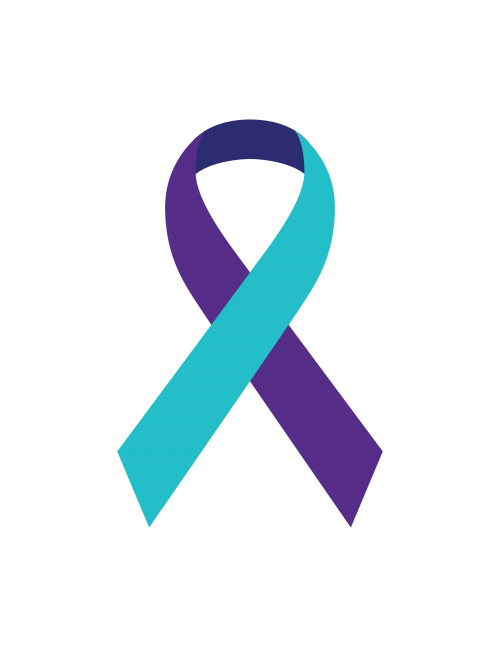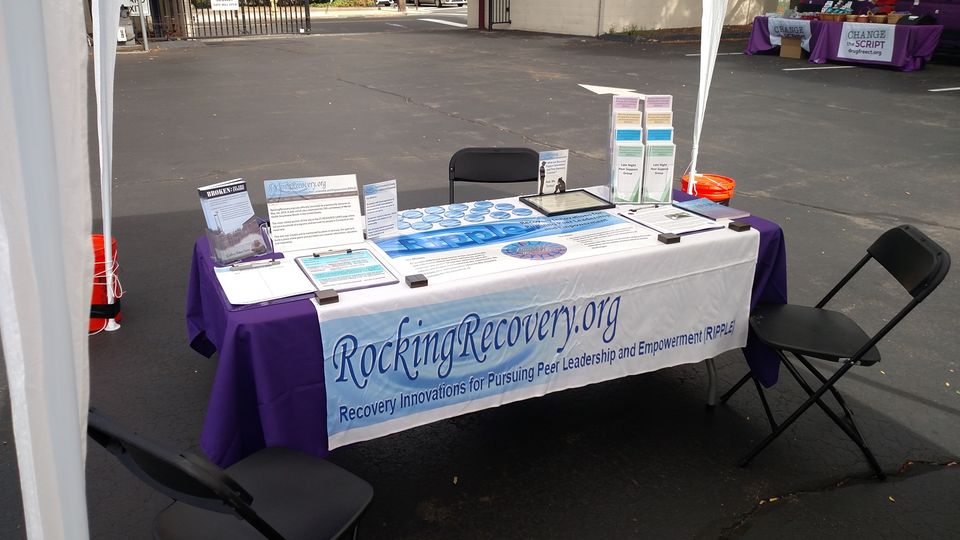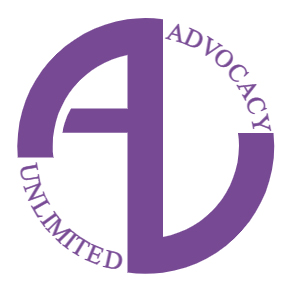
If Your Talking, There’s Time: A Better Alternative… It seems to us that no matter how innovative a new idea for suicide prevention is, they all have something in common with every other previous model. They don’t address what caused someone to start having suicidal ideations in the first place. In fact, when you start to think about it, the mental health system generally suffers from the same problem. In many cases, it lacks the necessary tools and resources to fix the root cause leading to a person’s distress.
In our Winter 2022 – Volume XII newsletter, we told the story of a man who got to the point where suicide seemed the only way to stop his pain. His problems stemmed from financial hardship, medical bills, mortgage payments, needing to replace a refrigerator, and his car’s transmission failing. The car was the final straw and catalyst for losing his job, which was 70 miles each way. The key takeaway from this story was his observation of his life after treatment.
He said, “At the lowest point in my life, people came to my rescue. After all was said and done, my treatment cost over $45,000. When I got home from my last day of IOP, I looked out the window at the dirt-covered car that was once my last straw. That is when it hit me. With all the money put into my recovery, there was not one dime put towards the $1200 problem where it all began. Here I stand at the exact place I started. With all the people involved and all the resources used, how is that even possible?”
The flaw we see when we look at current suicide prevention training models is that the vast majority teach you how to keep someone “safe in the moment.” Keep someone alive until a professional can step in and take over. We see this in LivingWorks Applied Suicide Intervention Skills Training (ASIST), Question, Persuade, and Refer (QPR), and offerings from the American Foundation for Suicide Prevention, to name a few.
.

One of the better options available is Alternatives to Suicide, sometimes referred to as Alt2su. It is a peer-driven, nonjudgmental environment that provides a safe space to talk about your thoughts and feelings. The most significant difference between this model and the others is that there is no push to send someone for professional help. Anything said in the group stays in the group. This is especially helpful for anyone who has had bad experiences in the mental health treatment system due to their ideations. Working with peers outside the system comforts many, but even this model suffers from the same problems as the system itself. It lacks the tools to fight the root cause of what leads many people to have thoughts of suicide.
This brings us to RIPPLE’s model, If Your Talking, There’s Time: A Better Alternative which will be fully fleshed out by the end of the year. The basic format will consist of a peer-driven group focusing on finding resources to address the stressors in that person’s life. RIPPLE has hosted an Alternatives to Suicide support group since November 2022. As hosts, one of the things we realize is how week after week, the check-ins change, but the same source of stress remains. Sure, talking about it does help because others validate us, but validation does not fix a problem outside the group.
Once implemented, our model should be more proactive than traditional mental health or peer-led options. Since the launch of RockingRecovery.org, we have been searching for the resources people need to get past surviving and move on to a point where they can begin to thrive.
Page 1
We must acknowledge that this model will not work for everyone. People grieving the loss of a loved one or fighting an illness would be good examples of our limitations. We can offer a doorway to those facing food insecurity, housing problems, legal issues, needing a job, reentering the community after incarceration, and so on. RockingRecovery.org was not originally not intended to be a resource website. One person’s story opened our eyes and showed us how we could make a difference.

ne day at a mental health walk, a young woman approached our booth. It was hot, and she had a small child in her arms. We offered her a chair, a little bit of shade, and a bottle of water. As we began talking and she shared her story with us, one thing she said hit home and caught our attention.
“On my darkest day when I was ready to give up, if I had clean diapers for my kid, that would have made all the difference.”
That night we discovered 38 diaper banks in Connecticut, something we never knew existed or even to look for.
From our own lived experiences and other people’s stories, we began to understand just how much stress is a factor in a person’s mental well-being. Let us look at a real-world scenario. A single parent raising a child in middle school is faced with food insecurity, they have a job, but it does not provide the income necessary to cover many expenses beyond the rent and utilities. Unfortunately, as with most people, they made too much money to qualify for food stamps. What would the system do if this person started expressing depression or suicidal ideations?
We can answer that question because this person shared their story with us. A concerned friend called emergency services after reading some posts on social media. Police and EMS arrived at this person’s apartment, and they were brought to the hospital for an evaluation. They stayed for four days and had a case worker assigned. Medication was offered but refused, then talk therapy was suggested. They managed to get on state insurance that covered the cost. The agency that the therapist worked through billed the insurance 242 dollars per 45-minute session, and they attended one session a week.
Here is a question we must ask as peers trying to support others, how is it the system solution to this person’s food crisis is paying $12,584 a year in therapy bills but says $300 a month or $3,600 a year to feed their family is out of the question? If this person got what they needed in the first place, the system would save almost $9,000 a year, which is the difference between the needed resource and the therapy bill. Now remember, most suicide prevention models try to keep them “safe in the moment” with the goal of getting them into the very same system.
Some people with a clue have started employing common sense into the help and support they offer. At the April Karuna Conference hosted by Advocacy Unlimited, one keynote speaker told a story reinforcing our point.
Peter Bullimore, a voice hearer who spent ten years as a psychiatric patient enduring many bouts of what gets called “paranoia” and unusual beliefs, his story was about a person he worked with who was living with a particular fear. This person believed that if they went outside, they would be attacked and stabbed with a knife. The approach used to help this person was thinking outside the box compared to traditional treatment methods, which is likely why it worked so well.

Learn more about the Karuna Conference at
www.karunact.org
They purchased a jacket made of a puncture-resistant fabric that would stop a knife. That jacket provided a safety blanket for this person, eventually allowing them to go outside. After a while, when no one tried to harm them, they felt safe and confident enough to go outside without wearing the jacket. While this example and a person experiencing suicidal ideations are not the same, the method in which we help them is very similar. When we can identify a way to address a problem or barrier in a person’s life, anything less than directly dealing with that issue is a disservice to them and only prolongs their time in crisis.
Page 2
Medication management, therapy, suicide prevention models, and everything else we currently have in place as a safety net for so many will remain essential and needed well into the future. We also need more alternatives moving forward because what we have is not enough. The number of people we lose every year to suicide is growing, and despite our best efforts, projections suggest it is likely to get worse before it gets any better.
As we continue to expand RockingRecovery.org, we become more aware of the resources available to our community. We aim to connect those programs, services, and agencies to those needing them most. In the grand scheme of things, this is only the first step. We need to address the flaws within the system and the policies that keep it so rigid when it comes to how it can help the people it was designed to serve.

I am THE angry advocate, but I didn’t start off that way…
As a Recovery Support Specialist, it is easy to understand how sharing your story can make a difference in another person’s recovery. Today I want to share a story that many people in the community watched unfold but had little to no idea what they saw. As an advocate, I must admit a level of disappointment needs to be explained. It led to my change in attitude, how I approach important issues, and how my future looks in this community when I ask that age-old question, where can I see myself in five years?
When I entered the RSS training program, I had already met some people who experienced a level of success working in a peer support role, a few earning a yearly income substantially more than I was making at the time. Most peer work did not require endless hours of standing. I have a congenital disability where the bones are fused in my ankles. Every job I ever had was manual labor. The work that I do currently to earn a living still is. At one point, I divided a 100-count bottle of over-the-counter pain meds between my five-day workweek. Yes, I took 20 Aleve daily to eliminate enough pain to walk. Becoming an RSS was my attempt to leave behind the ritual abuse I was doing to my body.
When I researched the RSS, I learned, according to the DMHAS website, that I could become a certified peer support specialist, their words, not mine. I found out years later that there was a massive argument about the word “certified,” and suddenly, what I had accomplished was no longer good enough. After two years of trying to find a job doing this work, the Connecticut Certification Board comes out of the woodwork and starts questioning everything an RSS does, including how competent we are.
During this time, I used my Covid stimulus money to incorporate RIPPLE and legally go after our non-profit status. I created RockingRecovery.org and slowly started showing members of the peer community what I could do with next to no resources or funding. Everyone began to admire my work. I got invited places to do presentations, and lately, I have been teaching a segment on finding resources for the new RSS training.
I have put hundreds of hours into RockingRecovery.org alone. Knowing that no one lives forever and RIPPLE being made up of a team of two people, I reached out to community members. I had asked people I trust who work with larger organizations if they would take over the site if anything ever happened to me… No one seemed remotely interested in having that conversation. So I continue to work and pour my heart and soul into it to help others, and it will just vanish if something happens to me. How would you feel knowing that? Everyone tells me my work is so needed and valuable, but nobody seems to want it?
It is no secret that I live with depression and suicidal ideations. On numerous occasions, I have told many people in the peer community that the amount of time I can remain doing this work is short, and even an entry-level position in the field would allow me to continue forward. People admire my work, and I’ve won awards for it. Oddly enough, I have never been able to walk into a grocery store and get a gallon of milk by flashing a certificate of appreciation.
Page 3
This goes back to the first article in this newsletter and why I believe we are losing ground when it comes to preventing suicides. I consider myself to be an articulate person. If I rationally explain what I need to survive and everyone around me says they understand, then why am I still in the same spot facing the same problem? What else can I do to show that I deserve to not only have a shot at surviving but also get to a point in life where I can thrive?
Having little hope that a job opportunity would ever present itself, I became one of the many trained peer supporters in the state that needed to see a peer reimbursement measure pass in the legislature. This would one day hopefully lead to licensure and a way I could bill directly for the services I can provide. Being self-employed as a peer support specialist is possible and appears to be my last hope of ever “professionally” doing this work. Most of the peers I know and work with have been fighting for peer reimbursement in one form or another. It is a common belief that a person should be paid for their work, and peer support has value. When a bill for peer reimbursement dies, a person with employment in the community will continue to have employment. For someone like me, It is not just a matter of coming up with a new strategy to address this again next year. I must figure out how to support myself and survive the following year.
The system will never fund RIPPLE because we are one of the few loud voices demanding that this system be held accountable. The same system funding everyone else, the ones who removed us as a resource when we questioned them a little too much. When RIPPLE was removed from the DMHAS website as an advocacy and resource organization, peers in the community expressed their belief that it was wrong of them to do so. No one stood up and confronted DMAHS or told them it was wrong. Again we were on our own advocating for inclusion.
People have asked me, how can we help support your work? I tell everyone who asks writing a testimonial would be extremely helpful. We can use them to seek grants and funding elsewhere. RockingRecovery.org launched in 2019. Since then, I have had 73 peers say they would write a paragraph or two talking about how RIPPLE or the website helped them. Yes, I keep track of people who offer help and say they will do things. Out of those 73, we received two from the peer community and three from other sources.
Here is the bottom line: I know that an abrasive tone is not the most effective approach while advocating for anything, but now you understand a little about how I got here. In my experience, being angry allows me to get things done. It gives me the strength to move forward because crying in my bed for days on end does not benefit me or the community. Besides being angry feels so much better than feeling sad and worthless.
Here is a little more food for thought. If you google “what lies beneath anger” this is what appears on your screen:
“We see and hear yelling, stomping feet, and raised voices. Yet we don’t see what’s beneath the surface: The other emotions in the mix, like frustration, hopelessness, disappointment, pain, jealousy, loneliness, or fear. It’s generally easy to spot anger. The anger iceberg helps us figure out what else is going on.”
While doing peer support, I often say, “If you need someone to talk to or even scream at, call me.” No, I am not letting people abuse me because I know it is not directed at me. I understand the value of anger as an emotion. As peers, we talk about not being judgmental when helping others, but lately, it seems we judge people on how they advocate.
Personally, I would rather a person be angry and alive than the alternative. Being angry is not something to be afraid of or even discouraged. It is a valid emotion. Is it ideal? No, not always, but sometimes in life, raising your voice a little more than others is warranted. In my mind, it can be the first step in taking a stand, and history teaches us that no one ever changes anything sitting quietly in the corner.

Page 4



